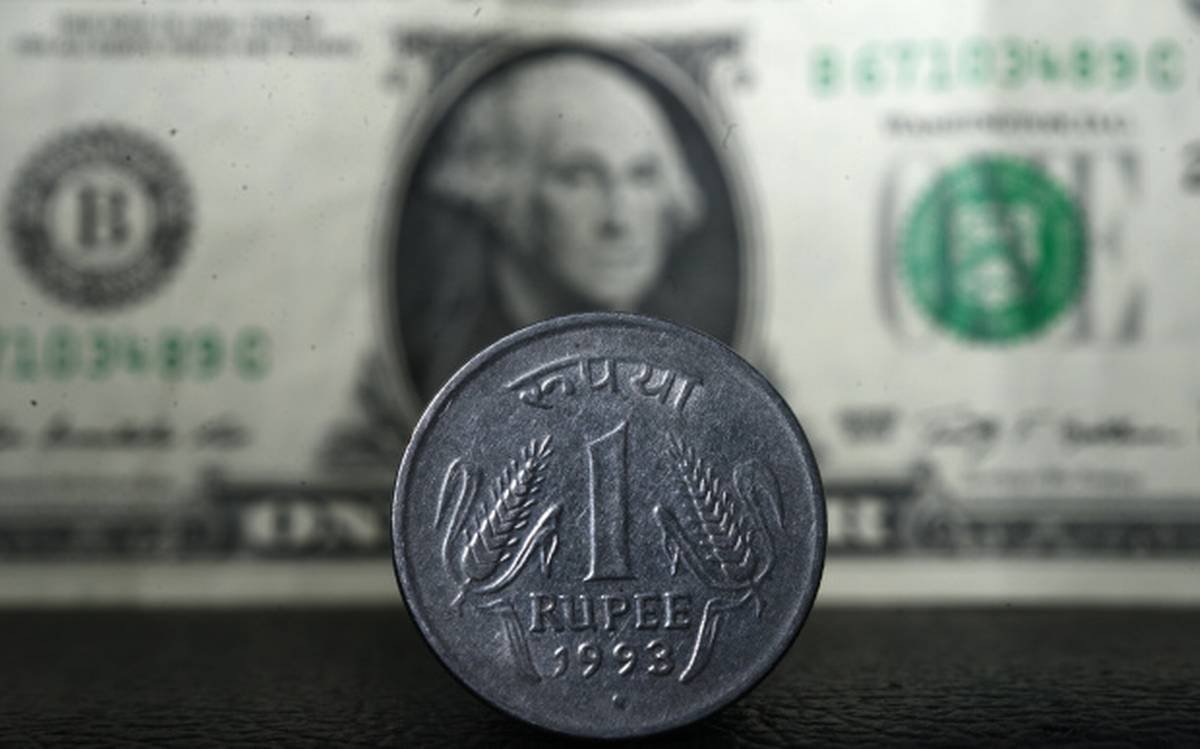Date- September 6, 2023
Place- New Delhi, India
As the global currency markets prepare for another trading day, here’s a comprehensive pre-market update on four significant currency pairs: USDINR, GBPINR, EURINR, and JPYINR, taking into account recent analysis and forecasts.
USDINR: Persistent Strength with Caution Amidst Oil Prices
The USDINR pair has been displaying persistent strength, trading near the 83.00 level
The recent surge in oil prices, driven by supply concerns and geopolitical factors, poses a challenge for India, a major oil importer. This factor has added pressure to the Indian Rupee (INR). Despite this, the Rupee has found support from robust Indian economic growth figures for the second quarter (Q2), which showed a positive surprise at 7.8% YoY.
Risk sentiment remains cautious, with ongoing US-China trade tensions and concerns about China’s economic performance affecting market mood. The outcome of the US ISM Services PMI will be closely watched for fresh market direction.
GBPINR: Focus on BOE’s Hawkish Stance
GBPINR initially faced pressure due to the UK’s August composite PMI dropping to its lowest level since January. However, the currency pair rebounded during Asian hours. The primary focus today is on the Monetary Policy Report (MPR) hearings of the Bank of England (BOE). Expectations include a 25 basis point interest rate increase in September, taking BOE rates from 5.25%. The key support and resistance levels stand at 104.30 and 104.85, respectively.
EURINR: Influenced by Treasury Yields
EURINR has been affected by the rise in US Treasury yields and the overall market sentiment. It appears to be range-bound in the short term, trading within a range of 88.80 and 89.80/90.00 on September futures. The direction of Treasury yields and market sentiment will likely drive EURINR’s movements.
JPYINR: Intervention Fears and Divergent Policies
The JPYINR pair has retreated after hitting a fresh year-to-date peak. Japanese authorities have expressed concerns about speculative moves in the currency market and have not ruled out intervention. China’s services sector slowdown and ongoing US-China trade tensions have supported the Japanese Yen’s safe-haven status. The monetary policy divergence between the Bank of Japan (BoJ) and other major central banks, including the Federal Reserve (Fed), is a key factor. While the BoJ maintains a negative interest rate and an ultra-loose monetary policy, the Fed is expected to keep rates higher for an extended period.
Traders are also monitoring the release of the US ISM Non-Manufacturing PMI, which can influence the USD price dynamics and provide impetus to the USD/INR pair.
Disclaimer
CurrencyVeda provides information purely for educational purposes. We are not financial advisors or brokers. The content we provide should not be taken as financial advice or a recommendation to buy or sell any sort of investment or security. Always perform your own due diligence and consult with a licensed professional before making any investment decision


